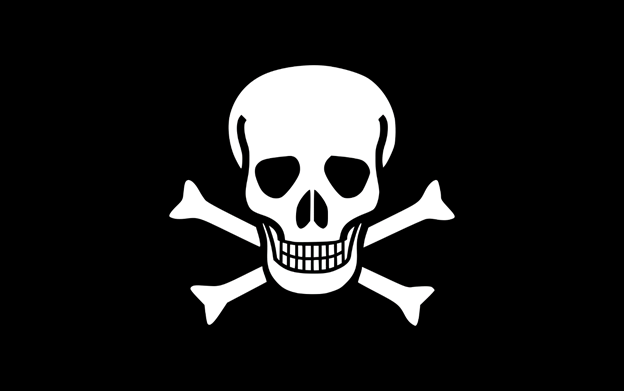Radioactive Waste 362 - How Can We Warn Future Generations Of The Dangers Of Radioactive Waste - Part 3 of 5 Parts
Jolly Roger.png

Part 3 of 5 Parts (Please read Part 1 and Part 2 first)
A report issued by the Sebeok research group suggested that a nuclear priesthood modeled on the Catholic Church could be created that would pass information about nuclear waste down through time in a "a mixture of iconic, indexical and symbolic elements" and "a high degree of redundancy of messages." The problem with this idea is that all existing major religions deal with the great questions of life. They have endured because people turned to them for answers to such questions as the meaning of life and what happens after death. They also serve important ritual functions to sustain social cohesion. A cult based on the threat of nuclear waste would have none of these answers or functions. It is unlikely that such a cult would survive very long.
Semiotics (also called semiotic studies) is the study of meaning-making, the study of sign process and meaningful communication. Franciose Bastide and Paolo Fabbri are two European semioticians. They have suggested that genetically modified domestic felines or house cats could be used to preserve information about nuclear waste. For instance, they could be designed to change color when exposed to nuclear radiation. There could be mutations among such cats which could destroy their radiation reaction. If such cats bred after being exposed to radiation, they could pass along lethal mutations that would kill or cripple their kittens.
Other researchers have suggested that art could provide a medium to transmit messages over the centuries. Peter Galison is a professor of the History of Science and of Physics at Harvard University. His concern with the use of art for this purpose is that if it is too idiosyncratic to a particular artist, culture and/or time, it may be too obscure to be understood by people millenia later. On the other hand, if it depicted realistic pictures of human beings in agony near a radiation source, it might be useful.
A pictogram, also called a pictogramme, pictograph, or simply picto, and an icon in computer usage, is an ideogram that conveys its meaning through its pictorial resemblance to a physical object. An ideogram or ideograph is a graphic symbol that represents an idea or concept, independent of any particular language, and specific words or phrases.
Pictograms are already in use to mark radioactive materials as mentioned above. Pictograms have been suggested as a means of communicating the dangers of radioactive wastes to future generations. However, Florian Blanquer with ANDRA says that pictograms are only successful if they are based on social conventions of the culture that generates them. If those social conventions disappear with the passage of time, then those pictograms become meaningless.
A pictogram that shows a skull with a pair of crossed bones beneath it is a very well know symbol of death. It was flown on a flag by pirate ships to intimidate the crews of other vessels they were attacking. However, it originally had quite a different meaning. Alchemists created it during the Middle Ages. The skull was meant to represent Adam, the first man. The cross bones were supposed to indicate the promise of resurrection. So, in a few centuries, the meaning of the pictogram changed from indicating eternal life to indicating death, in other words, the pictogram came to represent the exact opposite of its original meaning.
Please read Part 4